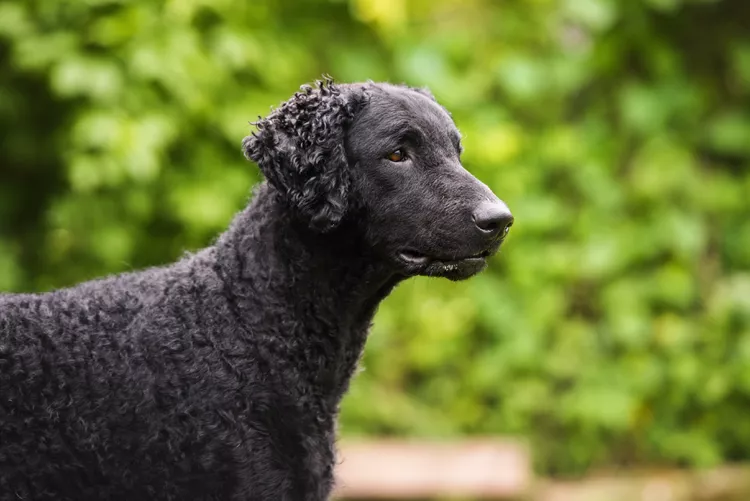
Curly-coated retrievers are a large sporting breed from England with floppy ears, athletic bodies, webbed feet for swimming, and a signature curly double coat. These even-tempered and lovable dogs look like a cross between a poodle and Labrador, but they're actually a breed all their own. Prized for being hardworking and loyal, these retrievers are recognizable by their dense, tight curls lying close to the body in a deep black or rich liver color.
Originating in England in the 18th century, the curly-coated retriever—also referred to as a curly or CCR—is rare when compared to other common types of retrievers like the Labrador or golden retriever. However, their popularity isn’t a reflection of the breed’s suitability for life at home or in the field.
Like many other sporting dogs, the curly-coated retriever has seemingly endless energy to give when on the hunt or engaged in a task. These driven canines were bred to retrieve game for hours on end under varying weather conditions. This history has given these dogs an admirable work ethic, but at home, they’re calm companions that settle down easily and are comfortable with adults and children alike.
Group: Sporting
Height: 25 to 27 inches (males); 23 to 25 inches (females)
Weight: 60 to 95 pounds
Coat: Short double coat with tight curls
Coat Color: Solid black or liver
Life Span: 10 to 12 years
Temperament: Intelligent, confident, friendly, trainable, active
Hypoallergenic: No
Origin: England
Curly-coated retrievers are typically quiet dogs that stay calm and well-mannered in the home with proper training and daily exercise. This energetic breed needs plenty of activity and mental stimulation to be its best, but its especially high level of intelligence makes learning new skills a breeze.
If you're familiar with the gregarious nature of Labrador retrievers and golden retrievers, you might be surprised to find that the curly-coated retriever is significantly more reserved. They're not overly timid or shy; in fact, many people describe these dogs as having a confident, dignified temperament. However, they aren't as eager to excitedly greet new faces. For this reason, it's important to make sure young curlies are well socialized. How well they do with strangers, other pets, and children will often depend on how much early socialization they have. These dogs are very affectionate with their families, and they can have friendly personalities with other pets when raised together from a young age.
The history of the curly-coated retriever isn’t clear, with no documented evidence of when and where the breed came into existence. However, it’s generally believed that the curly is the oldest of the retriever breeds.
Piecing together the dog’s appearance in early literature, registry clubs, and dog shows, it's been concluded that the breed originated in England in the 18th century. The AKC notes that the curly-coated retriever was most likely developed by breeding other game dogs like the English Water Spaniel and Retrieving Setter. While these two early founding breeds are now extinct, the curly-coated retriever remains in existence with high populations in Australia, Europe, and the United States.
Other breeds likely contributed to the development of the CCR as we know it today. The St. John's Water Dog (also extinct) is one possibility. Additionally, the tight curls are significant indicators that the breed also benefited from crossbreeding with the Irish Water Spaniel and even later, the Poodle.
In the 1860s, the curly-coated retriever received attention at dog shows throughout England while continuing to prove its versatility in the field as a hunting companion. Demand for these capable canines increased, and they were exported to Australia and New Zealand. According to the AKC, the breed first entered the United States in 1907 and received official recognition in 1924. While we may not know much about the breed’s early origins, the dedication of the curly community is clear today.
With the right balance of exercise and training, a curly-coated retriever makes a great companion for active households. This breed's signature coat is relatively simple to maintain, requiring only standard baths along with routine grooming care for the nails, teeth, and ears.
The curly-coated retriever is a leggy and athletic-looking canine, which gives an indicator that these dogs are not meant to be couch potatoes. Don’t underestimate or neglect the intelligence of curly-coated retrievers; they're incredibly smart, so they excel—and stay out of trouble—when given exercise and a job to do.
Give your curly at least 30 to 60 minutes of vigorous exercise each day along with plenty of mental stimulation to raise a well-balanced dog. Activities like running, long walks, hikes, or bike rides are great options, while exercises specific to the breed's instincts like swimming and playing fetch will also help keep your dog's mind occupied.
Likely the most recognizable feature of the CCR is its curls. While the body is covered in a dense coat of curls, it should be noted that the face, forelegs, and feet have short, straight fur. Compared to other retrievers, and many dog breeds in general, the curly-coated retriever is very low-maintenance when it comes to grooming. The distinctive curls benefit most from a quick wipe with a damp cloth, as brushing them leads to frizz.
Bathe your CCR as needed, but with no oily undercoat, it doesn’t need to be done often. These dogs shed twice a year, during which time you might want to use a grooming rake to remove loose hair. Owners should also keep up with standard grooming care like brushing the teeth, trimming the nails, and cleaning the ears (especially after swimming) to keep these dogs in good health.
CCR puppies are eager to learn and can begin training with basic obedience lessons as early as eight weeks of age. Hunters and outdoorsmen will find that this breed is a natural at hunting and retrieving game and waterfowl. Even if hunting isn’t on your radar, curlies will stay happy with training to perform small retrieving or carrying tasks. Owners can also give these dogs the opportunity to shine in agility, flyball, or other canine sports.
Like most retrievers, the curly uses its mouth for many things in life—it loves to carry or chew on objects and needs to be taught not to nip. If this breed is left alone long enough for boredom to strike, it's likely to find its own entertainment by chewing on items around the house.
Curly-coated retrievers generally exhibit good health and stamina. However, they are prone to a few common health problems that prospective owners should be aware of.
The conditions listed below may affect this breed:
The national breed club recommends asking curly-coated retriever breeders for the following health evaluations from each parent:
Curly-coated retrievers are an active, athletic breed, so it’s important to feed these dogs protein-rich and high-quality dog food. Dogs that exercise considerably each day will also require more food to fulfill their calorie needs.
Since this breed is prone to bloat, it's best to feed your curly several smaller meals per day rather than one large portion, which reduces the possibility of the dog gulping down food too quickly. Talk to your veterinarian to learn more and develop a diet plan based on your specific dog's age, weight, and activity level.
The curly-coated retriever offers the agility and lovable personality that retrievers are known for, and its unique coat makes it stand out among its peers. However, since they're less popular than Labrador and golden retrievers, they're not as likely to be found in local shelters. To find one of these special retrievers to join your family, check out breed-specific rescue groups that help these lovable dogs find new homes.
If you're planning to adopt a curly-coated retriever as a puppy, there is a dedicated community of breeders to learn about. Research responsible breeders that provide relevant genetic testing results and take excellent care of their dogs. CCR puppies typically cost between $1,000 and $2,500, but prices can vary depending on pedigree and availability. Prospective adopters should also prepare to join a waiting list for puppies.
To start your search, check out these resources for the national breed club, breed-specific rescues, and the AKC:
Highly intelligent and trainable
Minimal grooming needs
Dignified and quiet nature
Requires vigorous daily exercise
Can be reserved with strangers
Prone to serious inherited health conditions
If you love curly-coated retrievers, you may also like these similar retriever breeds:
There are plenty of wonderful dog breeds that can become your next best friend. With a little research, you can find the right one to bring home!
Curly-coated retrievers have very low-shedding coats throughout most of the year, but they do lose considerably more fur during two shedding seasons. Thankfully, owners can manage shedding by using a grooming rake and keeping up with baths.
Like other retriever breeds, curly-coated retrievers do not normally have aggressive tendencies. However, curlies are more reserved than their Labrador and golden retriever cousins, and they require more socialization in puppyhood to be friendly with new people and animals as adults.
Curly-coated retrievers are extremely intelligent dogs that learn the rules of the house quickly, and they're also very affectionate toward their family members. They make great family dogs for owners that can keep up with their exercise and early socialization needs.
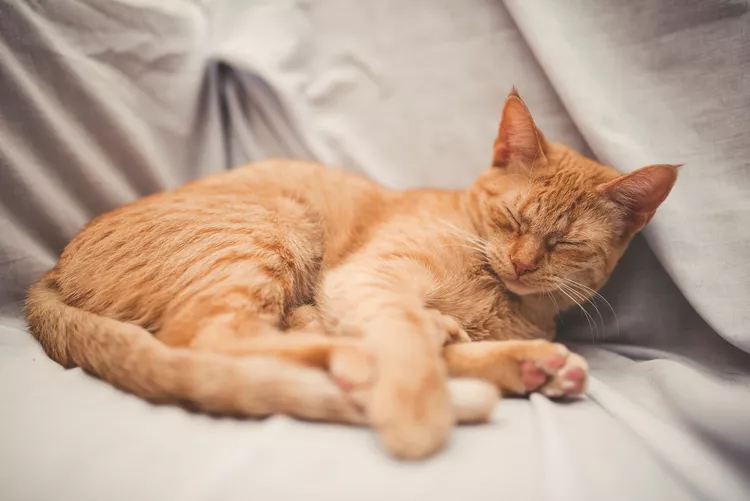
What to Do if Your Cat Is Snoring
Cat snoring can happen for several reasons. Find out if your cat's snoring is normal or caused by a medical issue. Know when to call the vet about your cat snoring.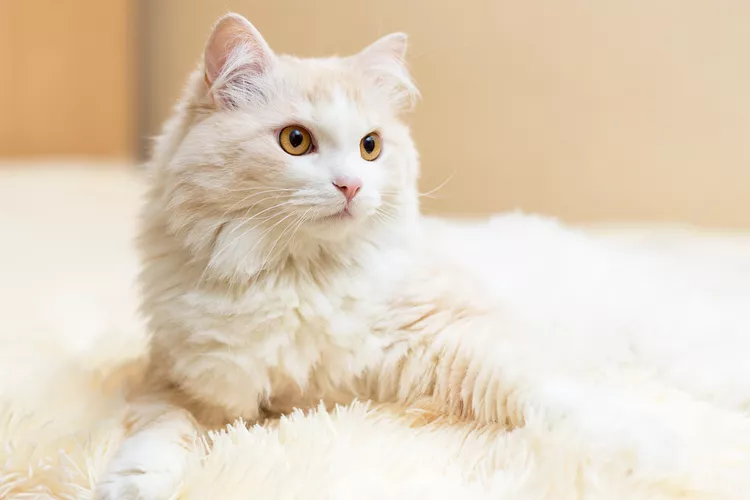
Turkish Angora: Cat Breed Profile, Characteristics & Care
The elegant and silky Turkish Angora cat is a playful, affectionate, and sometimes mischievous pet. Learn about the Turkish Angora breed.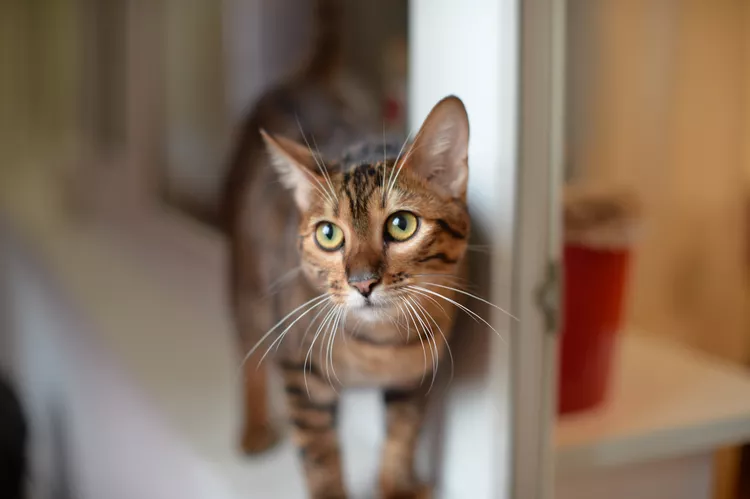
Toyger: Cat Breed Profile, Characteristics & Care
The toyger (toy tiger) cat is a beautiful, rare breed with an easygoing demeanor. These cats are hard to come by but make excellent pets.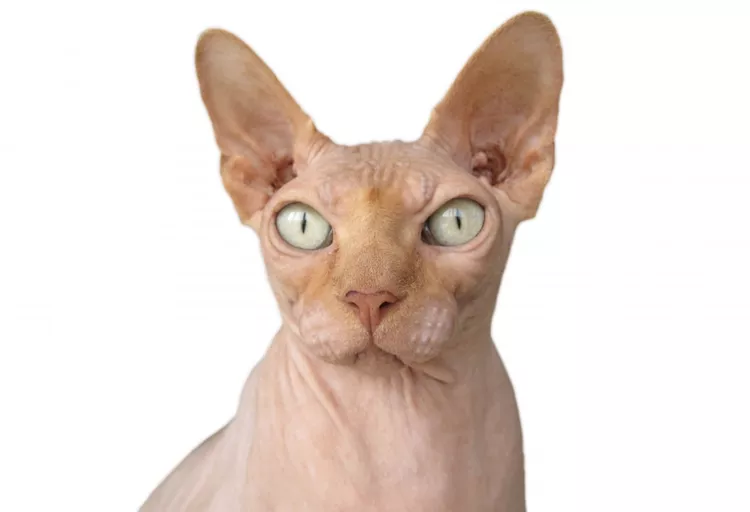
Donskoy: Cat Breed Profile, Characteristics & Care
Donsky cat, or Don Sphynx, is a hairless cat that's known for being affectionate, social, and remarkably intelligent. Learn more about the Donsky cat breed.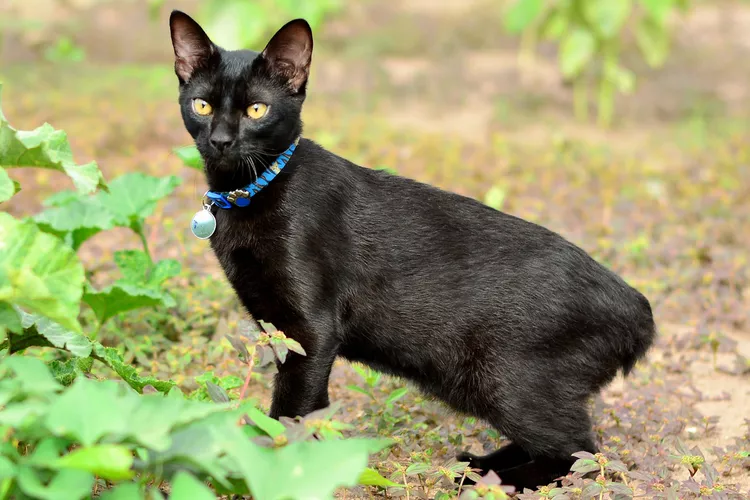
Japanese Bobtail: Cat Breed Profile, Characteristics & Care
The Japanese bobtail is recognized for its bunny-like tail and is loved for its friendly, playful personality. Learn about the Japanese bobtail breed.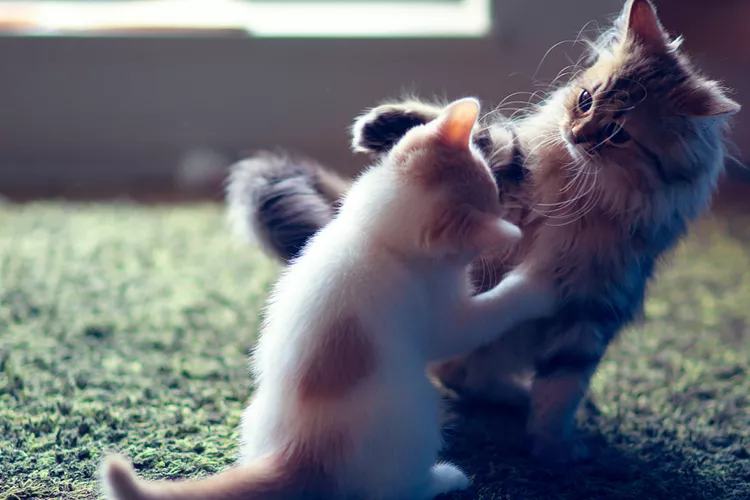
How to Stop Cat Aggression After a Vet Visit
Cats are usually out of sorts and ornery after a trip to the veterinarian. Learn how to stop cat aggression by planning ahead with these tips.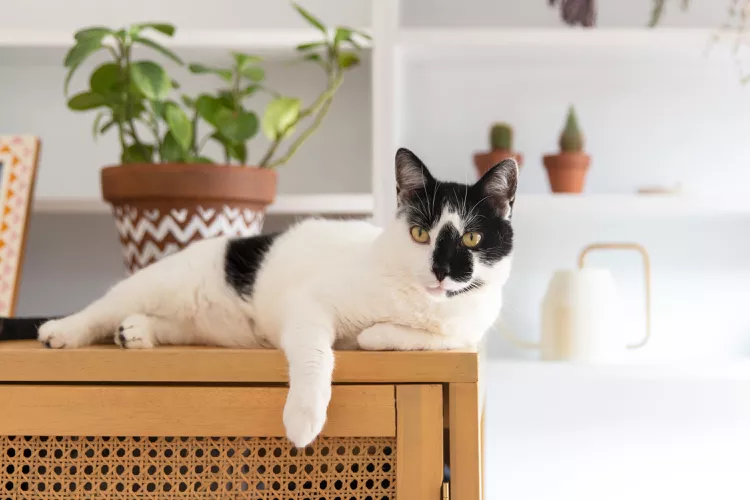
Why Do Cats Like High Places?
Does your cat like to hang out on top of tall furniture? Here's why cats like high places.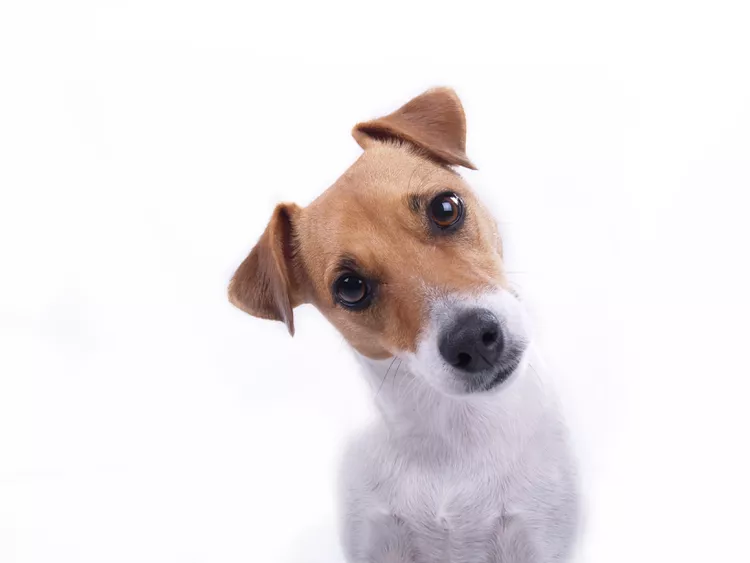
Rectal Prolapse in Dogs
Rectal prolapse in a dog can be an alarming thing to see. Find out why this happens, how to prevent it, and how to heal dog prolapse at home.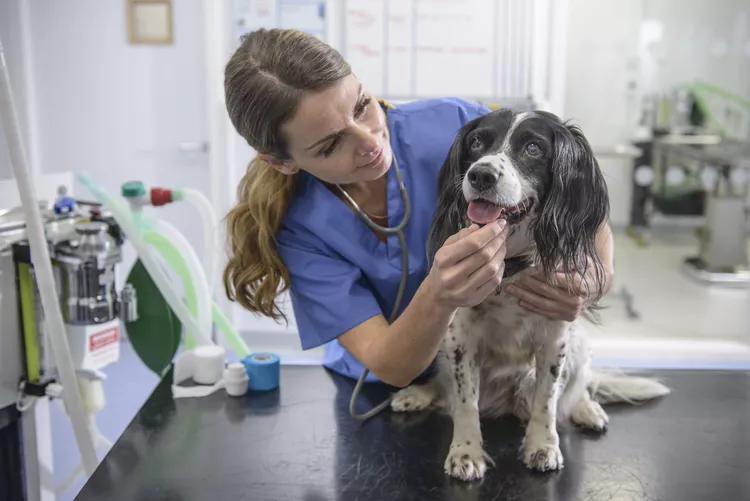
Is Acetaminophen Safe for Dogs?
Acetaminophen is used by humans for pain and fever relief, but is it safe for dogs? Here's what you need to know before giving your dog acetaminophen.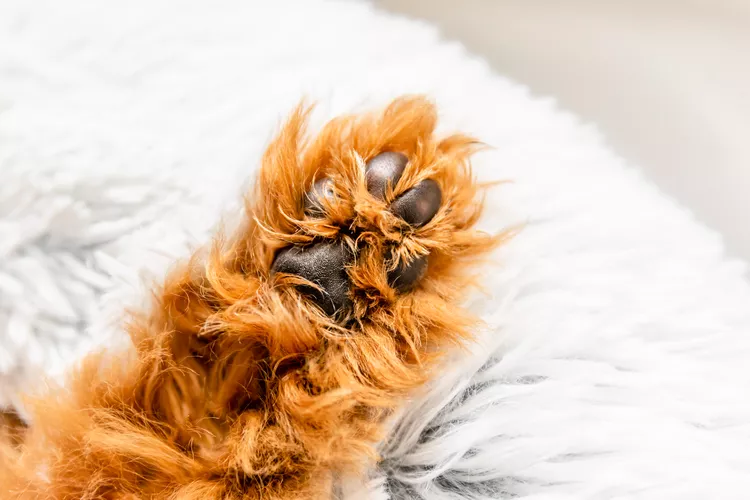
Dog Broken Toe: Signs and Treatment
Dogs can break their toes for several reasons. Find out how to tell if your dog has a broken toe. Learn what you need to do and what restrictions your dog may have to let a broken toe heal.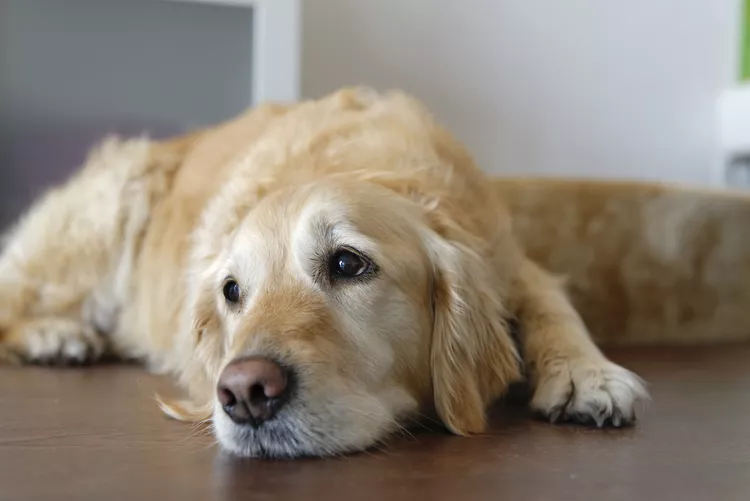
Tetanus in Dogs
Tetanus is an infection caused by bacteria found in soil. It can cause severe symptoms in dogs and even lead to death if not treated promptly.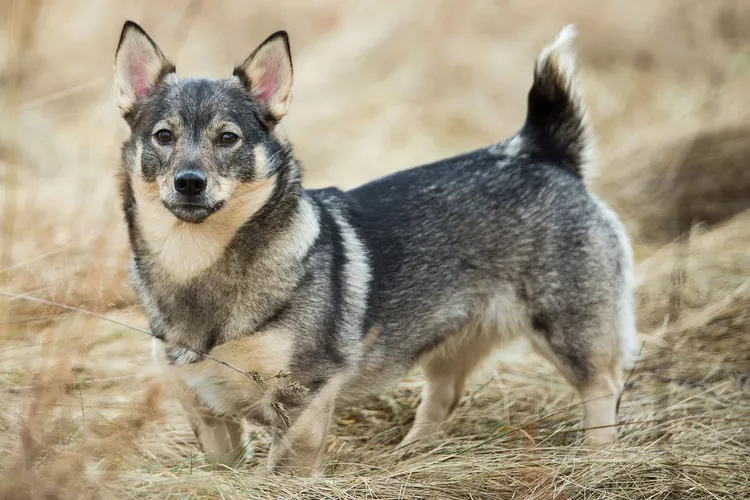
Swedish Vallhund: Dog Breed Characteristics & Care
The Swedish vallhund makes for a high-energy and affectionate companion. Learn about the breed's history, health, exercise needs, and more.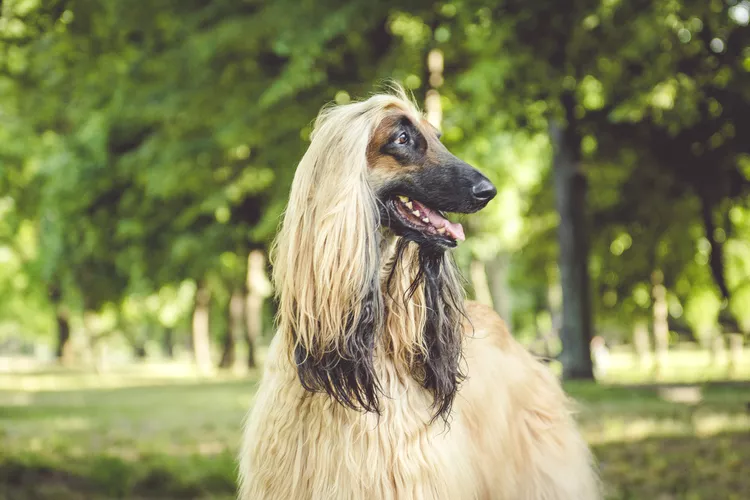
Afghan Hound: Dog Breed Characteristics & Care
The Afghan hound is a majestic dog breed, known for its luxurious long coat and sweet personality. Learn about cost, care, and training needs.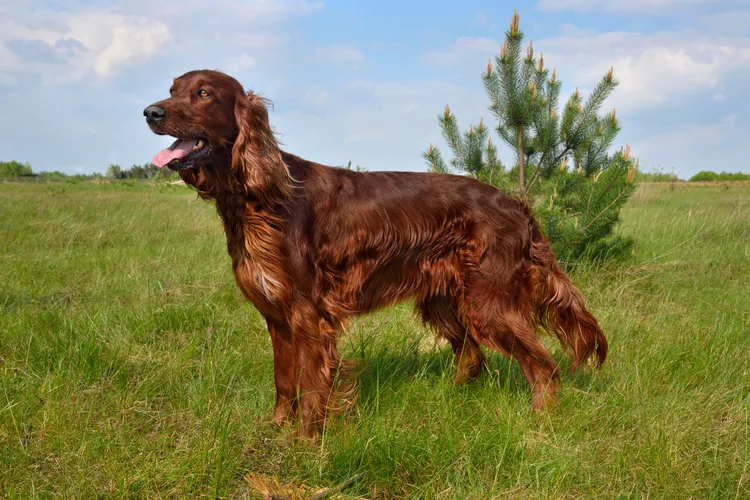
Irish Setter (Red Setter): Dog Breed Characteristics & Care
The Irish setter, also known as the red setter, stands out from the crowd with their striking red coat and athletic nature. Learn about this gentle and affectionate dog breed.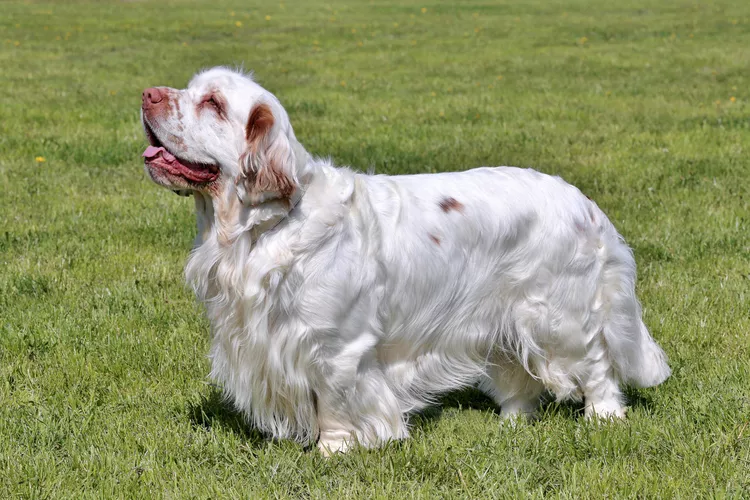
Clumber Spaniel: Dog Breed Characteristics & Care
The Clumber spaniel is a friendly, calm dog and a great family pet who gets along with kids. Just beware of this rare breed's shedding and drool.
Reasons Why Dogs Grind Their Teeth
Some dogs grind their teeth. Learn why dogs grind their teeth and if it can be harmful. Find out what to do about teeth grinding in dogs.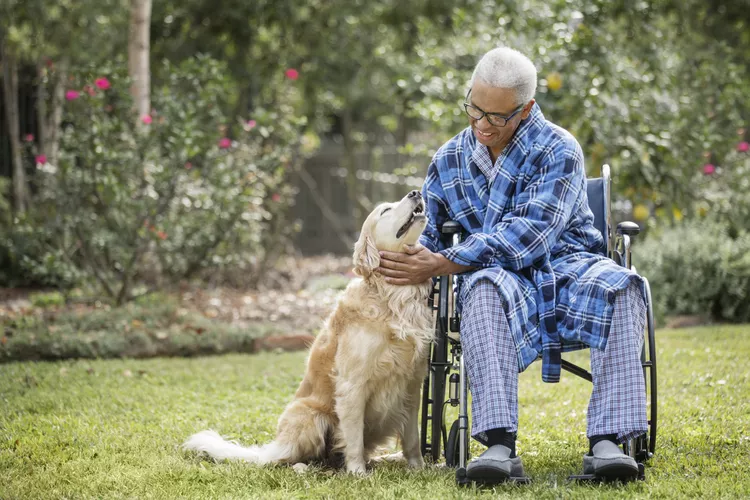
Therapy Dog Certification: A Complete Guide in 6 Steps
Could your dog be trained to serve as a therapy dog? Here's how you and your dog can become an official animal-assisted therapy team.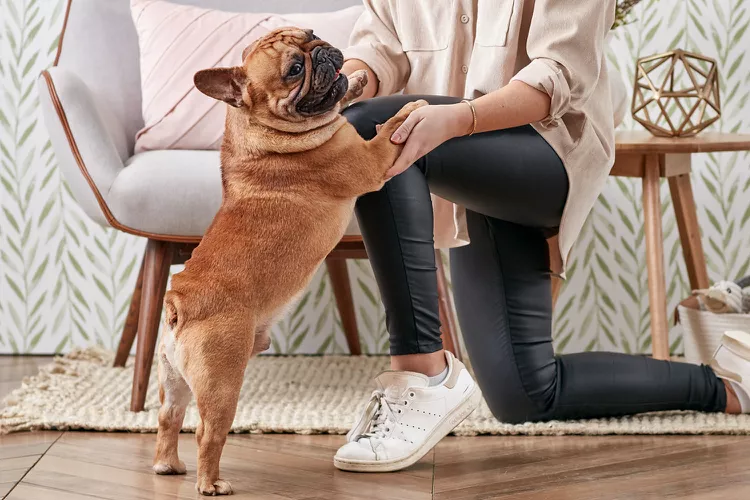
Here’s How to Stop Your Dog from Jumping on You When Excited
Although it can be cute the first few times your dog jumps on you, it can quickly turn into a bad habit, especially if your pooch starts jumping on strangers. Here’s how to stop your dog from jumping on you when excited.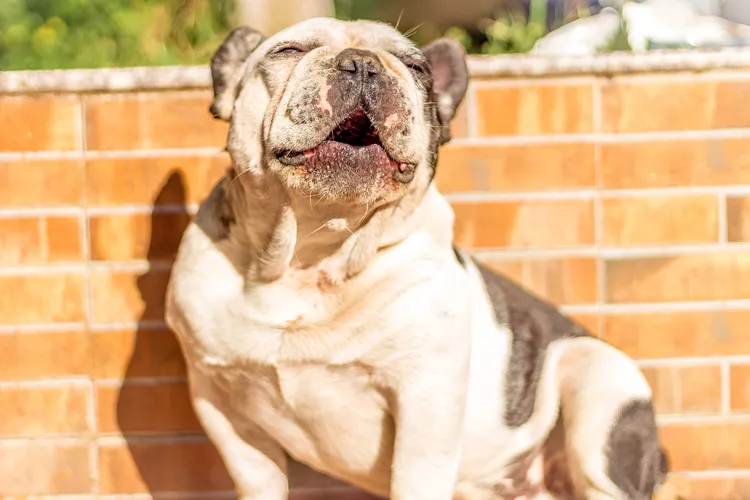
Why Do Dogs Howl at Sirens?
Howling at sirens is something that dogs are well known for, but why do some dogs do it while others seem unbothered?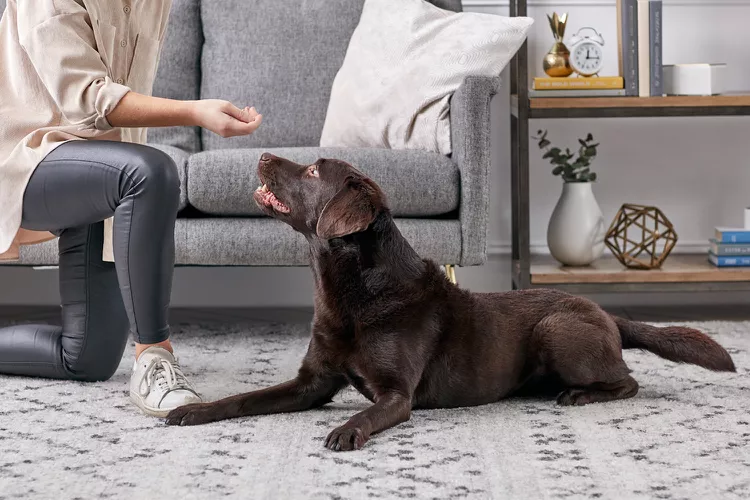
How to Train a Labrador Retriever
Proper training is an essential part of owning a Labrador retriever. These smart dogs can be trained to be service dogs, hunters, and excellent companions.